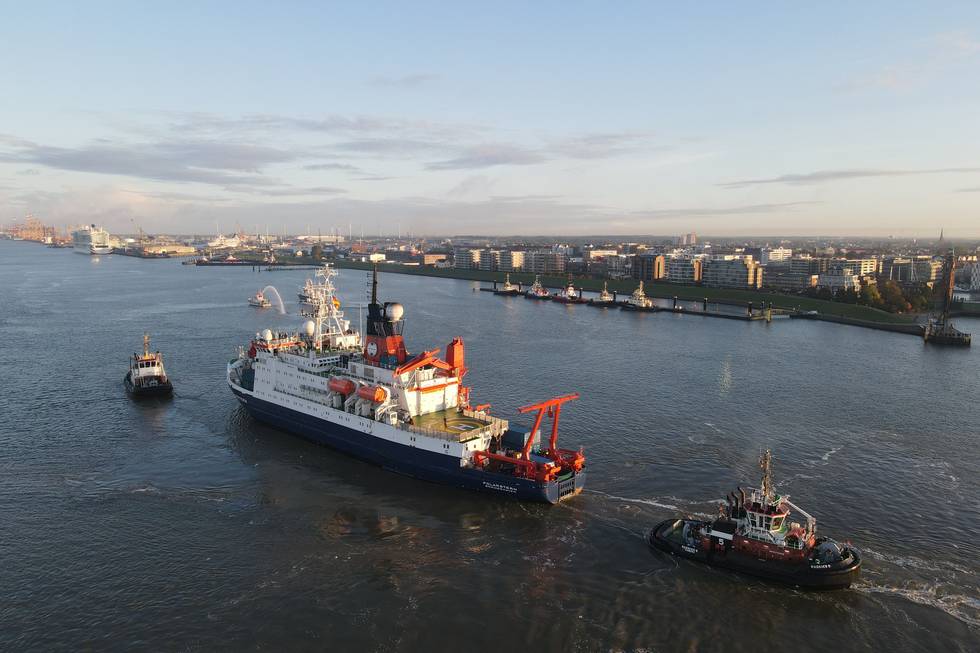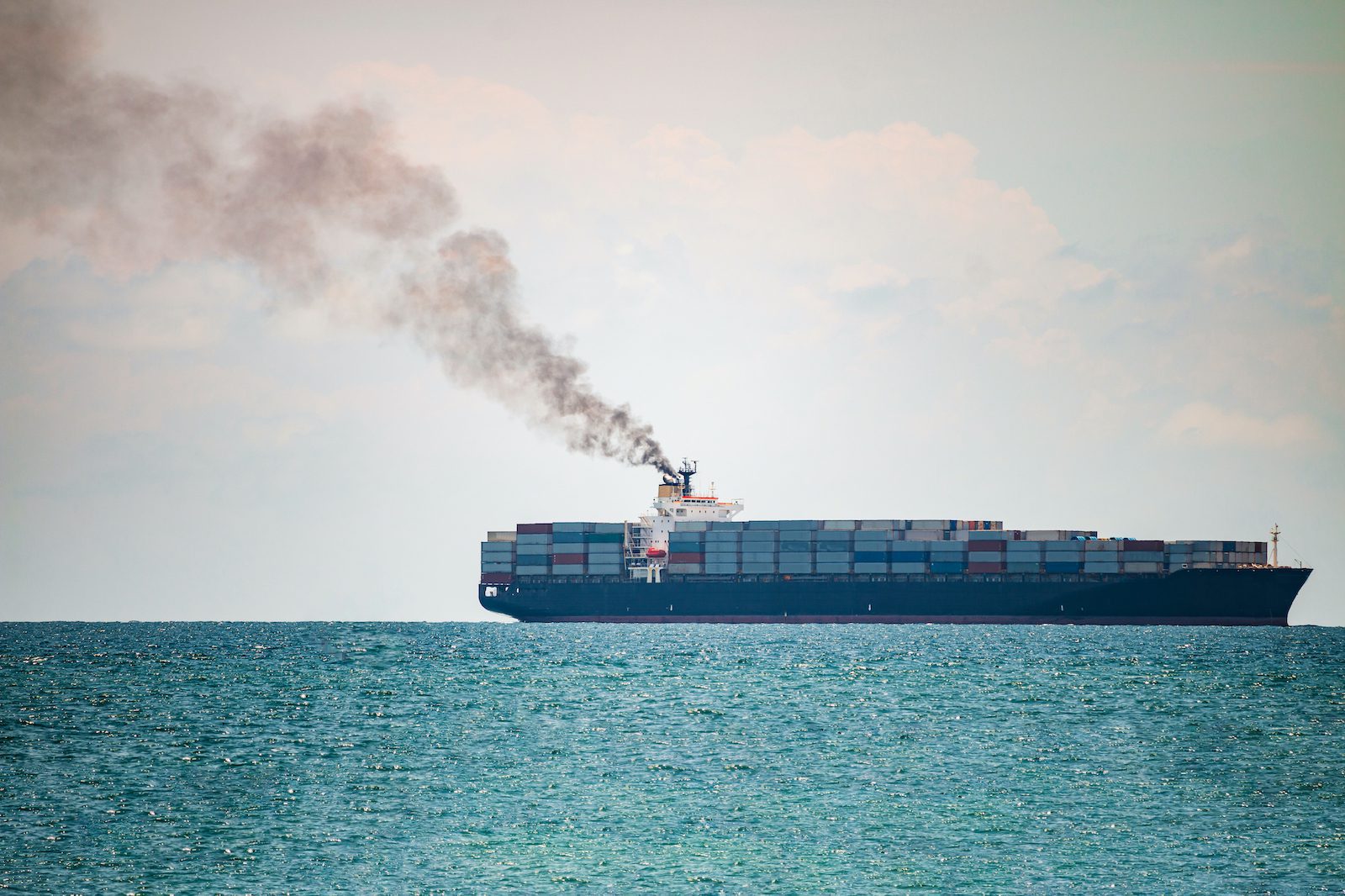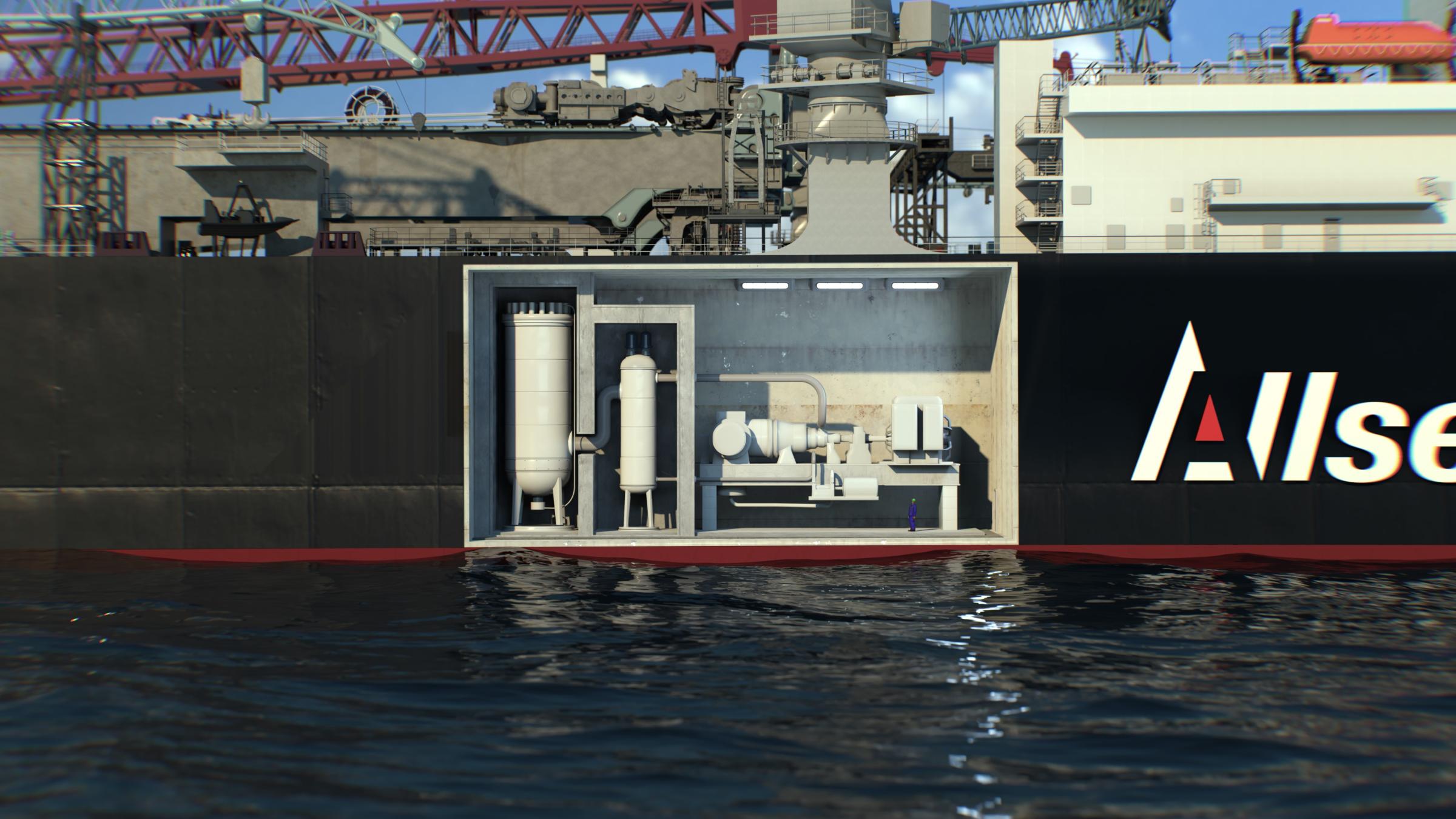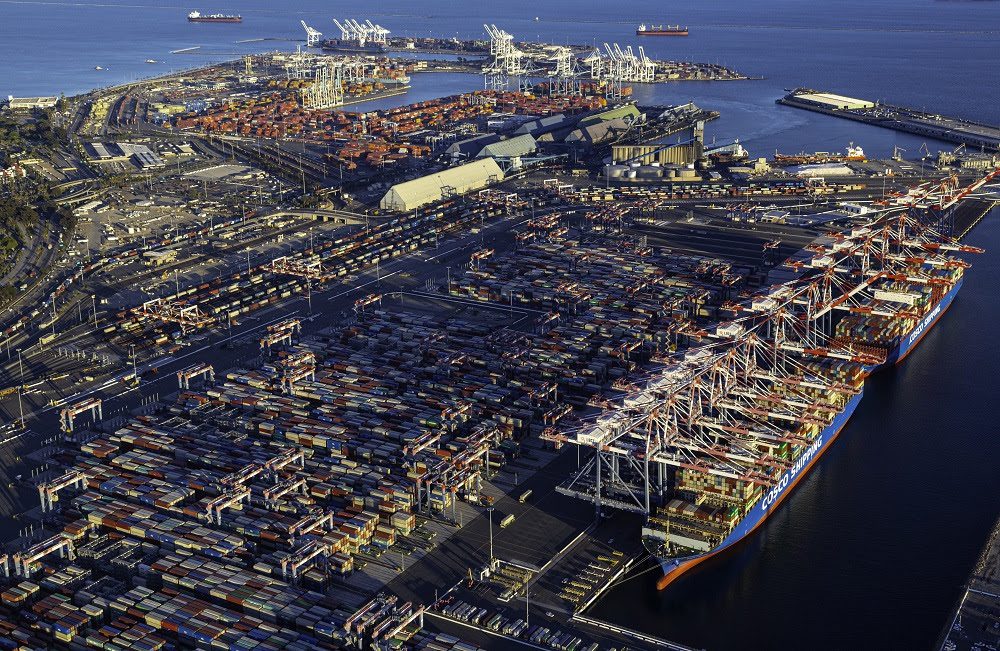Research Vessel Polarstern returns from Arctic ice research. Photo via The Alfred Wegener institute
After more than a year in the Central Arctic, this Monday, 12 October, the research icebreaker Polarstern returned to her homeport in Bremerhaven. The event marked the end of a record-breaking expedition: never before had an icebreaker been near the North Pole in winter. Drifting with the ice, they endured the extreme cold, Arctic storms, a constantly changing flow while the rest of the world battled the coronavirus pandemic.
On 20 September 2019 Polarstern departed from the Norwegian port of Tromsø, bound for Arctic ocean ice. Once there, the ship allowed itself to become trapped in the ice, and began a one-year-long drift across the North Pole, completely at the mercy of natural forces – the route and speed were solely determined by the ice drift, powered by wind and currents.
Over the five legs of the expedition, a total of 442 researchers, Polarstern crewmembers, young investigators, teachers and press took part. Seven ships, several aircraft and more than 80 institutions from 20 countries were involved. The researchers, who hailed from 37 countries, had a common goal: to investigate complex interactions in the climate system between the atmosphere, ice and ocean, as well as life in the Central Arctic, to build better climate models.
Even when virtually every other expedition around the globe was canceled because of the pandemic, the entire team, this expedition was able to continue. In the early summer, Polarstern did have to briefly leave the ice floe for a personnel transfer. Four weeks later, a new team commenced fieldwork on the ice, continuing their efforts right up to the last day, when the floe (as predicted) reached the ice edge to the east of Greenland, began breaking up under the influence of the waves, and completed its typical lifecycle.
To explore the last piece of the puzzle in the sea ice’s annual cycle – the formation of new ice at summer’s end – the expedition then headed farther north, crossed the North Pole, and moored to a second floe in its vicinity.
““Climate change is the greatest challenge facing humanity,” said Anja Karliczek, the German Federal Minister of Research. “Throughout their long months in the Arctic ice, the experts retrieved a unique wealth of data that will help to fill critical gaps in our understanding of the region, allowing us to more accurately evaluate our current climate models.”
The total cost of the expedition was ca. 150 million euros, with roughly two-thirds being contributed by Germany.

 Join The Club
Join The Club











